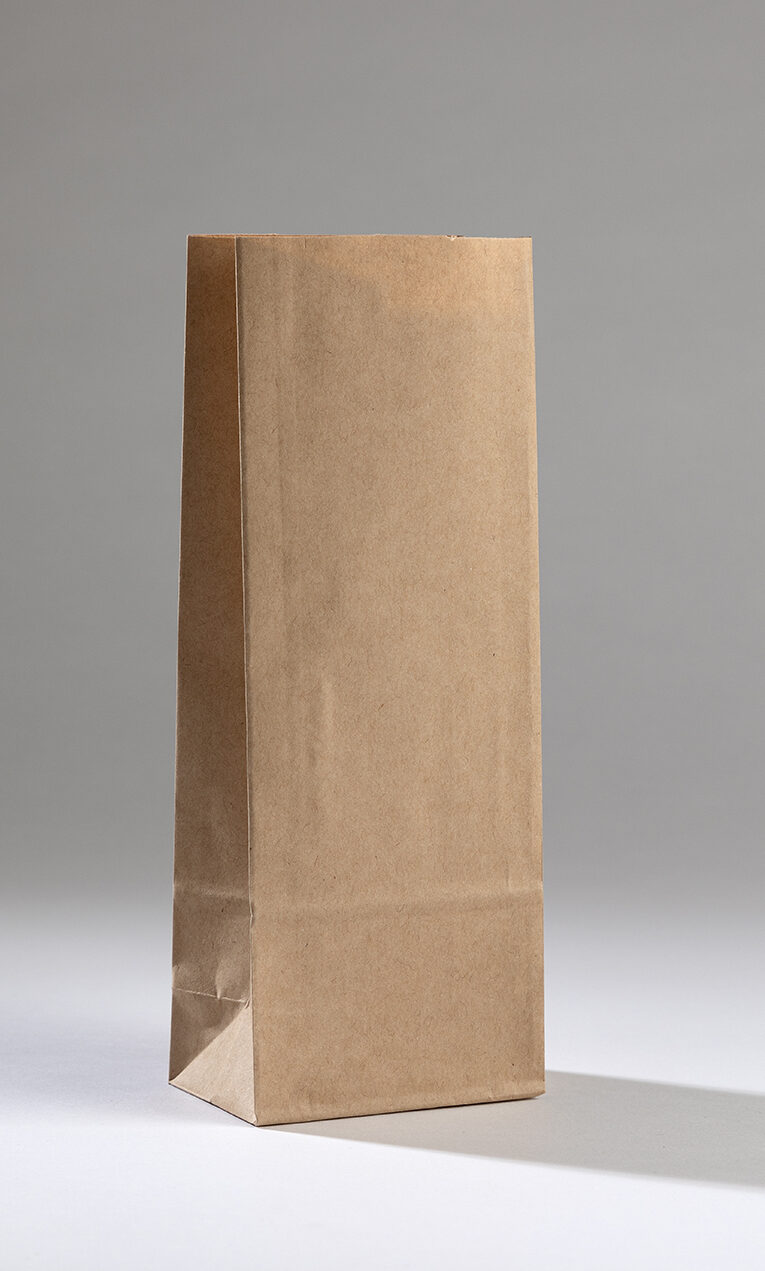
In today's rapidly evolving world, where innovation is the key to success, it is crucial to explore materials that are stronger and more versatile than traditional options. While cardboard has long been a popular choice for packaging and construction, there are several materials that surpass its strength and offer unique advantages. In this article, we will delve into some of these materials and highlight their exceptional properties.
- Carbon Fiber Reinforced Polymers (CFRPs):
Carbon fiber reinforced polymers, commonly known as CFRPs, have gained significant attention in various industries due to their exceptional strength-to-weight ratio. These materials consist of carbon fibers embedded in a polymer matrix, resulting in a lightweight yet incredibly strong composite. CFRPs are widely used in aerospace, automotive, and sporting goods industries, where their high strength and durability are crucial. - High-Strength Steel Alloys:
Steel has been a staple material in construction and manufacturing for centuries. However, advancements in metallurgy have led to the development of high-strength steel alloys that surpass the strength of traditional steel. These alloys exhibit superior tensile strength, impact resistance, and corrosion resistance, making them ideal for applications in infrastructure, automotive, and heavy machinery industries. - Graphene:
Graphene, a single layer of carbon atoms arranged in a hexagonal lattice, is considered one of the strongest materials ever discovered. Its exceptional mechanical, electrical, and thermal properties have opened up new possibilities in various fields. Graphene's strength lies in its atomic structure, which allows it to withstand immense pressure and tension. With ongoing research and development, graphene holds promise for applications in electronics, energy storage, and even medical devices. - Ceramic Matrix Composites (CMCs):
Ceramic matrix composites combine the strength of ceramics with the toughness of fibers, resulting in materials that are stronger and more heat-resistant than traditional ceramics. These composites find applications in aerospace, defense, and energy industries, where their ability to withstand high temperatures and harsh environments is crucial. CMCs are known for their exceptional mechanical properties, including high strength, stiffness, and resistance to wear and corrosion.
Conclusion:
While cardboard has its place in various industries, it is essential to explore materials that offer superior strength and performance. Carbon fiber reinforced polymers, high-strength steel alloys, graphene, and ceramic matrix composites are just a few examples of materials that surpass cardboard in terms of strength and versatility. By embracing these innovative materials, industries can unlock new possibilities and push the boundaries of what is possible. As technology continues to advance, it is crucial to stay informed and adapt to the ever-changing landscape of materials science.

